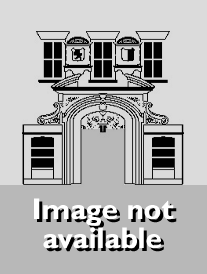
Examines the primary texts of the common law as visual and aesthetic artefacts.
The typographic form of judgment stages the authoritative presence of the common law. It is in the encounter with typographic materials that legal meaning is generated, yet typographic legality — the material expression of law as visual text — is rarely examined. In this book, Thomas Giddens refocuses critical attention by studying the history of the common law’s visual technologies and unpacking the heritage, meanings and techniques of its typographic appearance. It thereby develops new methodological approaches for reading the common law’s primary materials as visual media.
From the archive as a typographic theatre of jurisdiction, to early law report printing, to the mass duplication of reports and their entanglement in the project of empire, to the common law’s digital display, Typographic Legality encounters enduring questions of legal authority, media and technology in the material details of the common law’s textual form.